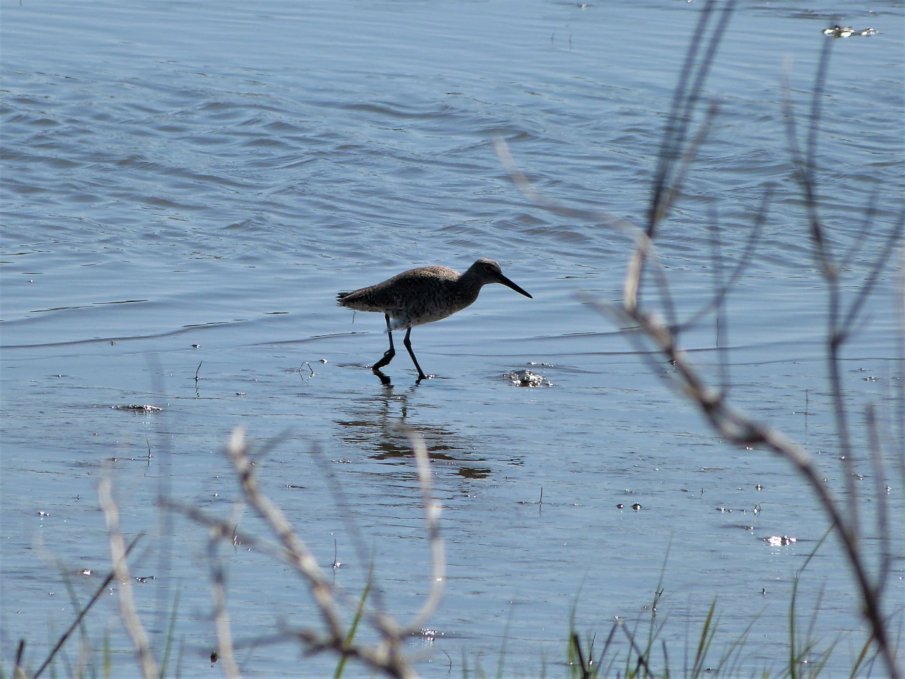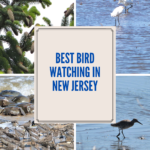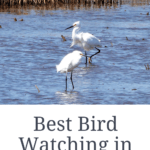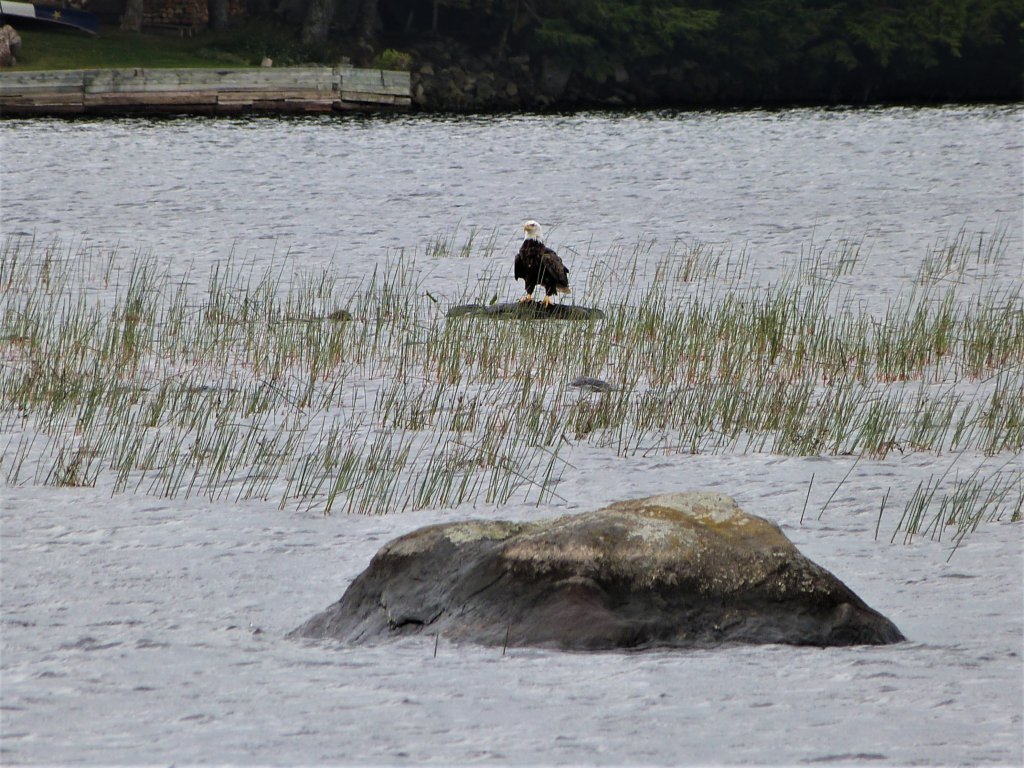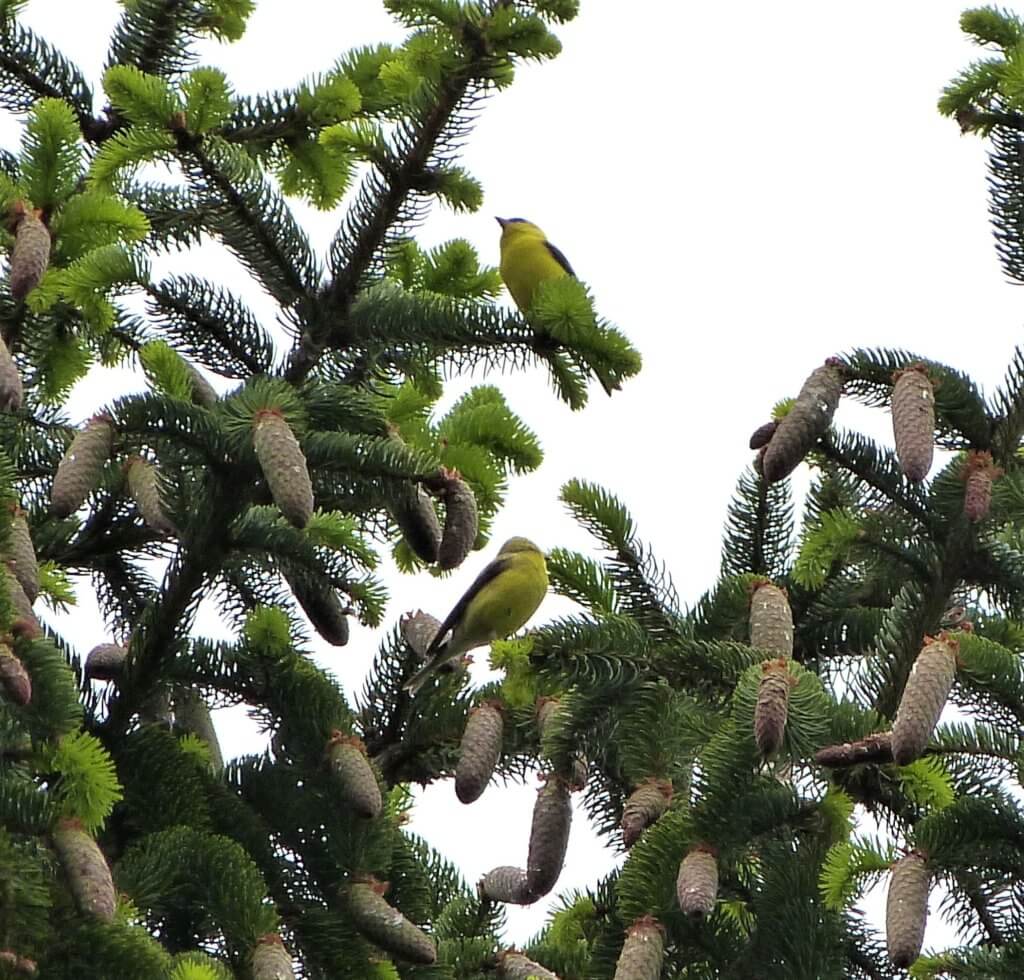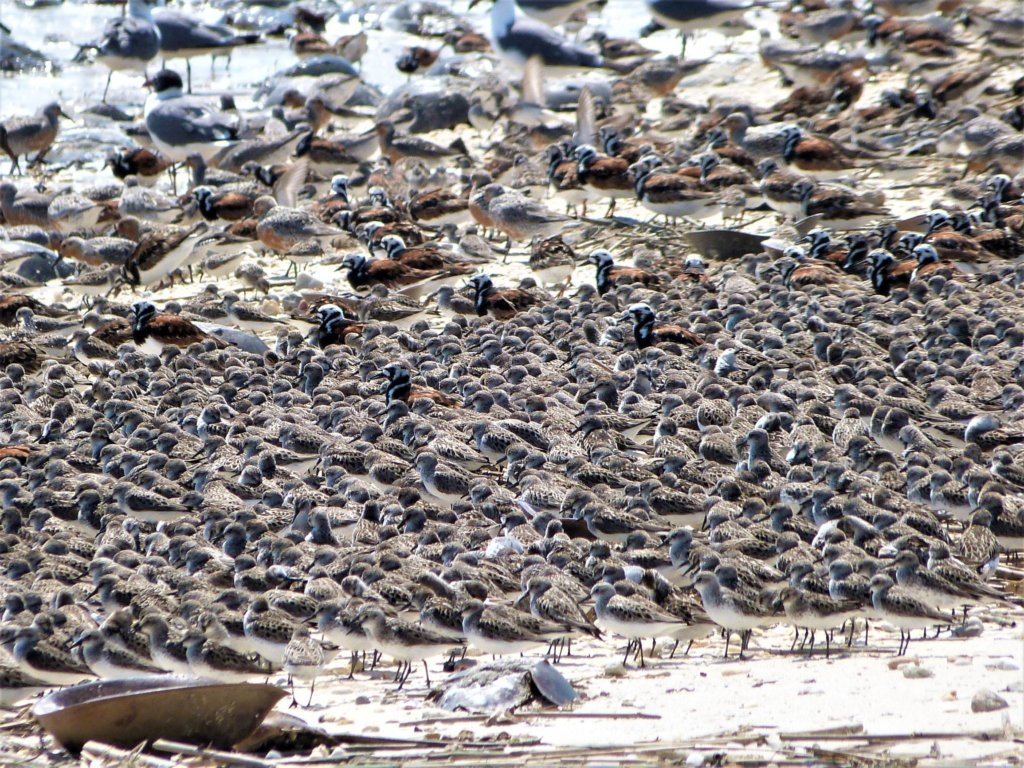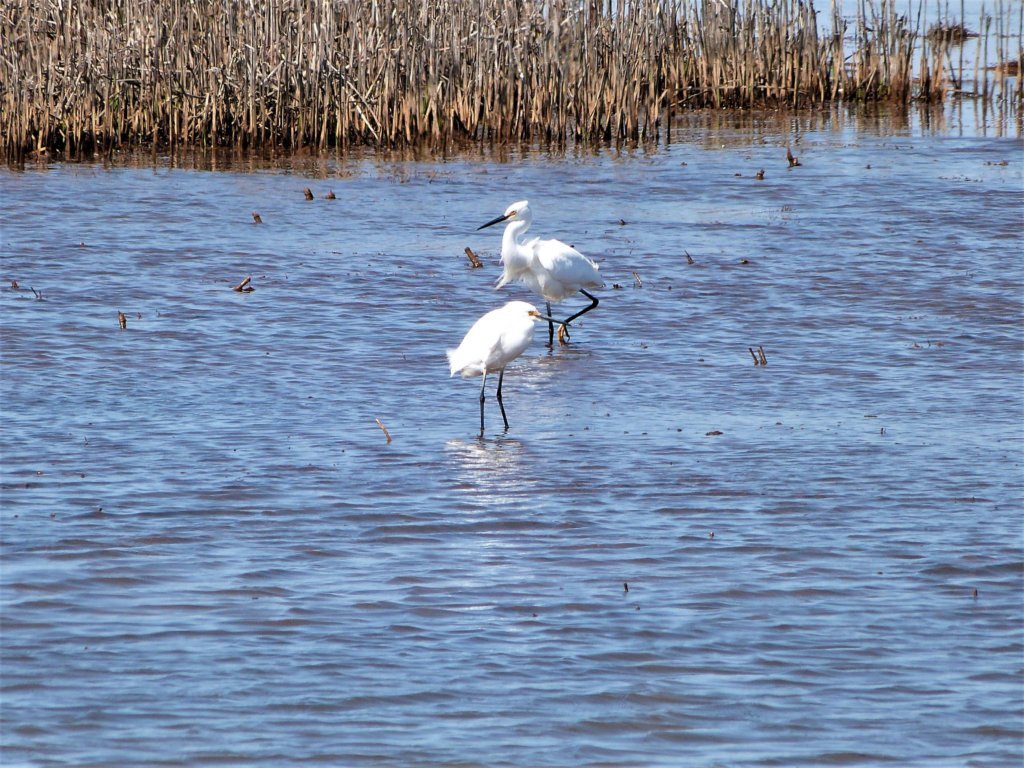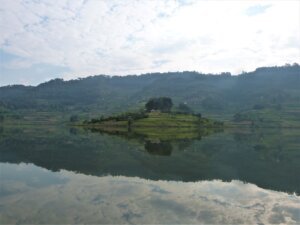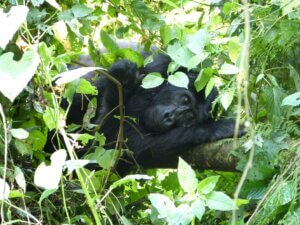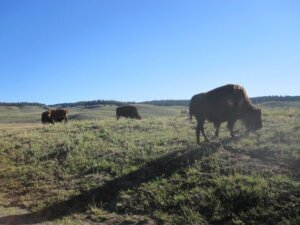I don’t think that many people consider bird watching when traveling to New Jersey. But if you are looking for a special experience and nature at its best, trust me you want to come here.
If you are into bird watching, New Jersey has a bit of everything. As part of the Atlantic Migratory Flyway, many stop in New Jersey to feed during the long flight from their wintering grounds in the south to their breeding grounds in northern Canada.
But there’s more than just the migratory shore birds to see. New Jersey is also home to nesting Bald Eagles, American Goldfinches and other iconic species.
The following are some of the best places to catch a glimpse of some of the most diverse bird species in North America.
Bald Eagles
Bald eagles are an American icon species. These majestic and stately birds can be seen year-round in New Jersey. But the best time to bird watch is during nesting season. This is an example of a huge conservation win for a species, as eagle nests have gone from 1 nest in 1973 to 204 nests in 2019.
Best time of year to see bald eagles
Eagles build large nests, generally near water and begin courtship and nest building in late December – early January. Some of these nests can reach 10 feet across and weigh 2,000 lbs. Eagle pairs will lay 1-3 eggs in mid-February – early March, incubating for 35 days.
This is a great time to see both mom and dad, as they both share responsibility for caring for the eggs. Once hatched the eaglets are completely helpless. Young eagles fledge the nest around 11 weeks, usually around early July.
Even though they have fledged the adults will continue to feed them near the nest for several weeks while they learn to hunt and fly.
By late August, the young leave the nest and many will head towards Chesapeake Bay to overwinter.
Where to see them
The highest concentration of eagles in New Jersey is around the Delaware Bay in Salem and Cumberland counties but are also seen in north and central New Jersey near lakes, rivers, and reservoirs.
All known eagle nest locations have been mapped and a partnership between the Conserve Wildlife Foundation and New Jersey’s state Endangered and Non-game species program has made this population growth possible.
Best way to see them
There are several ways to catch a glimpse of these incredible birds. Two of which include:
- Hiking to the locations mentioned on the map and glimpsing them up close
- Bald Eagle Cam at Duke Farms – monitor the nests from home or visit Duke Farms to catch a glimpse of them soaring overhead
American Goldfinches
The American Goldfinch was designated New Jersey’s state bird in 1935 and is a beauty to see. A relatively small song bird in summer the males show off their bright yellow and jet-black plumage.
However, with rising temperatures from climate change New Jersey could very soon lose its state bird. It is one of 389 bird species threatened by climate change. Just a 3 degree increase in overall temperatures would be devastating.
Best time of year to spot them
The best time of year to spot these 5-inch birds is in the summer when the males are at their brightest. It can be a bit of a challenge, because even though they are found throughout the state, they tend to stay high up in the trees. So, unless you catch them snacking on thistle seeds you might miss them.
Breeding season occurs between June and September and their preferred nesting habitat is shrub thickets and hedge rows. Your best chance of spotting these little birds is in late summer during the blooming of the thistle and milkweed, their favorites.
Where to spot them
They can be seen all over the state, high up in the trees. I once had some 25-50 of them spending time in a large, old spruce tree in late summer on my property in north jersey. Head to locations rife with milkweed and thistle in the summer time and you might just be lucky enough to spot them.
Piping Plovers
The Piping Plover was listed as an endangered species in New Jersey in 1984. This secretive little bird nests on beaches during the summer and are easily disturbed by human activity.
Best time of year to spot them
You can see these migrant birds in New Jersey from early March to mid-April and from mid-July until late September. Females leave the breeding grounds first, followed by the males and then the juveniles.
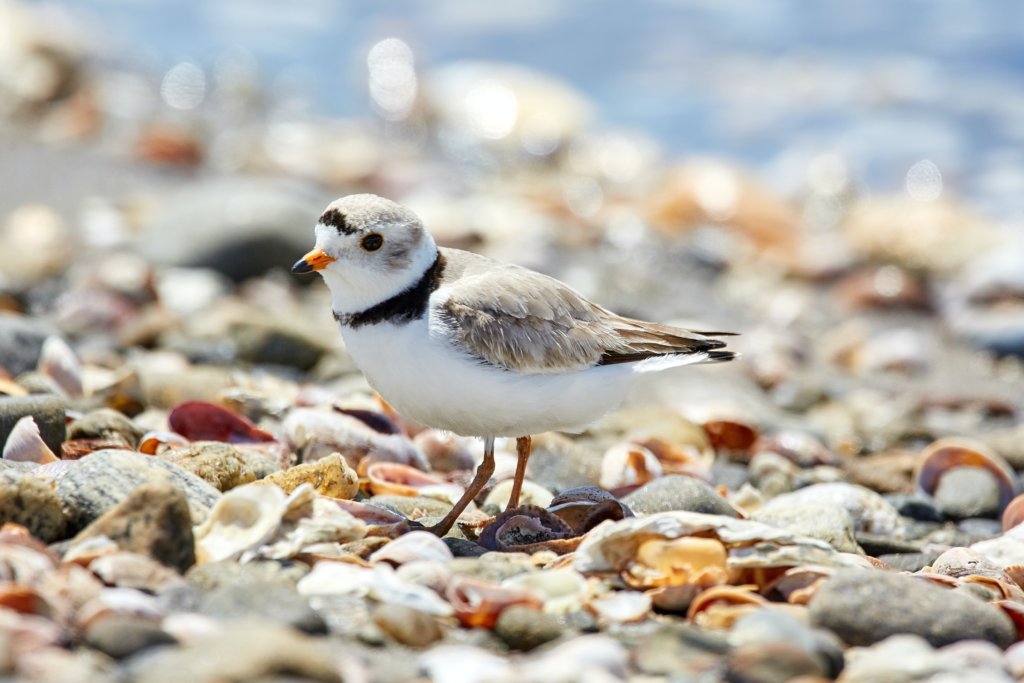
Best places to spot them
Piping Plovers breed on the Atlantic Coast between Sandy Hook and Cape May, New Jersey. They prefer oceanfront beaches and barrier islands (don’t we all?) on the section of beach between the dunes and the high tide line.
These birds amaze me in their ingenuity. Males will arrive first, scouting the area, digging numerous nests called scrapes. Kind of like an episode of house hunters.
If the nest site is successful plovers may return to them the following year. If a nest is destroyed due to floods or predators, the birds will usually take up residence at a nearby spot.
Under threat of predators, chicks will squat motionless and the parents will try to distract and lure them away. Sometimes by pretending to have an injured wing. If there are multiple nesting pairs around, they may even join in to help lure away the oncoming predator. See? Amazing!
Best way to see them
Due to increased threats from increased beach recreation and predation, this species remains threatened and it becomes a bigger challenge to protect.
The best way to see these little birds is through volunteering. State and NGOs are working together to protect the Piping Plover nests and the species and each year recruit seasonal workers and volunteers.
So, not only will you get to see these amazing little birds but you can also be a part of their conservation.
Red Knots
A federally protected species under the Migratory Bird Act, Red Knots are state-listed as endangered.
Best time of year to spot them
Red Knots arrive in New Jersey in the Delaware Bay in May in full breeding plumage before making their way north to their breeding grounds in the Arctic tundra.
They will continue to arrive and become around 20,000 strong by late May. These numbers have been declining due to the decline in their food source, horseshoe crab eggs.
Where to spot them
They tend to range from Fortescue to Cape May, feeding on the horseshoe crab eggs. This truly is a sight to see. Not only do you have the Red Knots, but you have hundreds of thousands of horseshoe crabs cramming the beaches at one time along with Ruddy Turnstones and other shore birds looking for a good meal.
Best way to see them
Towards the end of May head down to the beaches near Fortescue. Some of the less popular beaches are where you will find some of the highest concentrations of birds and crabs. It is truly incredible.
Great Refuges for bird watching in New Jersey
If you are looking for places to see a variety of bird species, not just the ones mentioned above check out the Edwin B. Forsythe National Wildlife Refuge and the Great Swamp National Wildlife Refuge.
Edwin B. Forsythe National Wildlife Refuge
The Edwin B. Forsythe refuge is owned and operated by the US Fish and Wildlife Service and is located along the Atlantic Coast, just north of Atlantic City.
Located along the most active flight paths of the Atlantic Flyway the refuge protects 40,000 acres of southern Jersey coastal habitats and tidal wetlands.
During the spring and fall migration thousands of ducks and geese, wading and shore birds concentrate in this area. Not to mention the 3,000 acres of wooded areas where you can see song birds, box turtles, white-tailed deer, and woodcocks.
You can drive the refuge, pulling over for photo opportunities or you can park and walk the circuit. Though depending on the time of year, the horseflies and strawberry flies may make getting out of your car dangerous.
Great Swamp National Wildlife Refuge
Just 26-miles west of New York City’s Time Square is Great Swamp National Wildlife Refuge. Also owned by the US Fish and Wildlife Service, this 7,800-acre oasis is within the Northeastern coastal forests ecoregion.
The refuge is a migration-resting and feeding area for around 244 species of birds. Another great stopover for some serious bird watching.
Concluding Thoughts
With New Jerseys extremely varied landscapes it provides habitat for many different species during their migration or home bases. It is amazing the variety of species that call New Jersey home and use New Jerseys coastline as a stop over and feeding ground for their arduous journey between their wintering grounds and breeding grounds.
New Jersey is a great place to visit to experience some of these species first hand.
